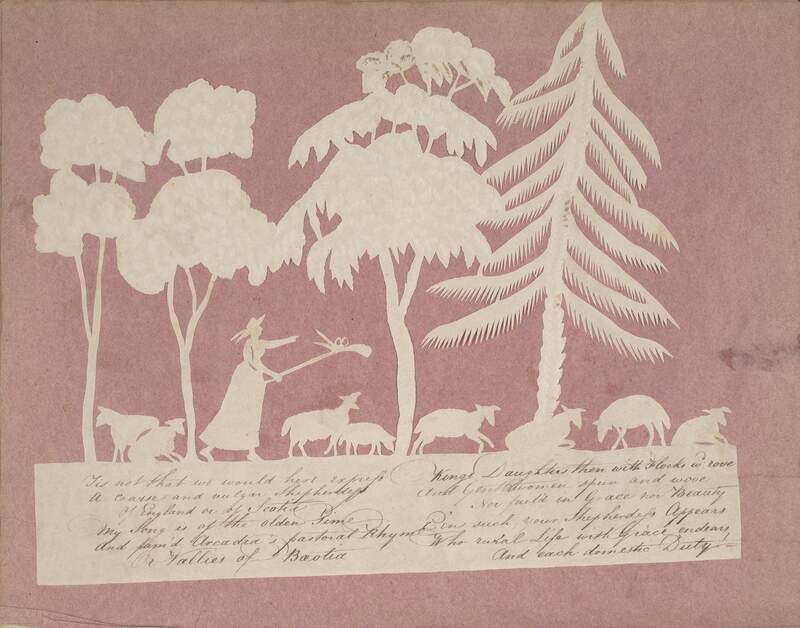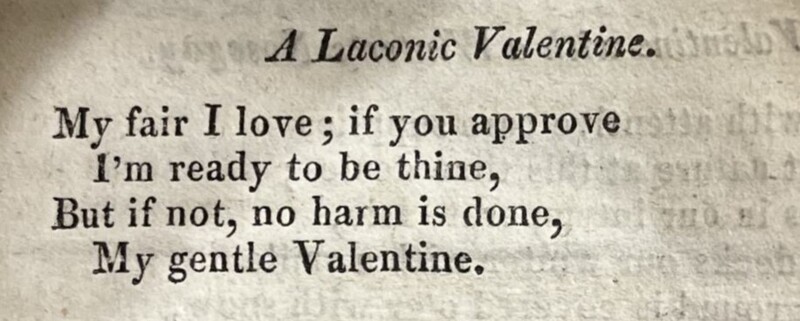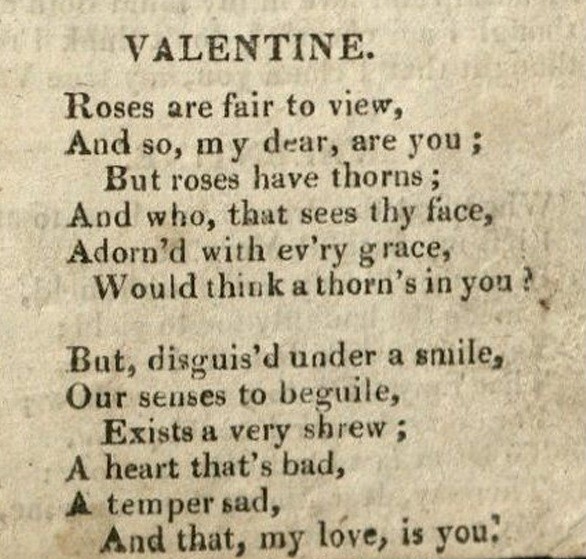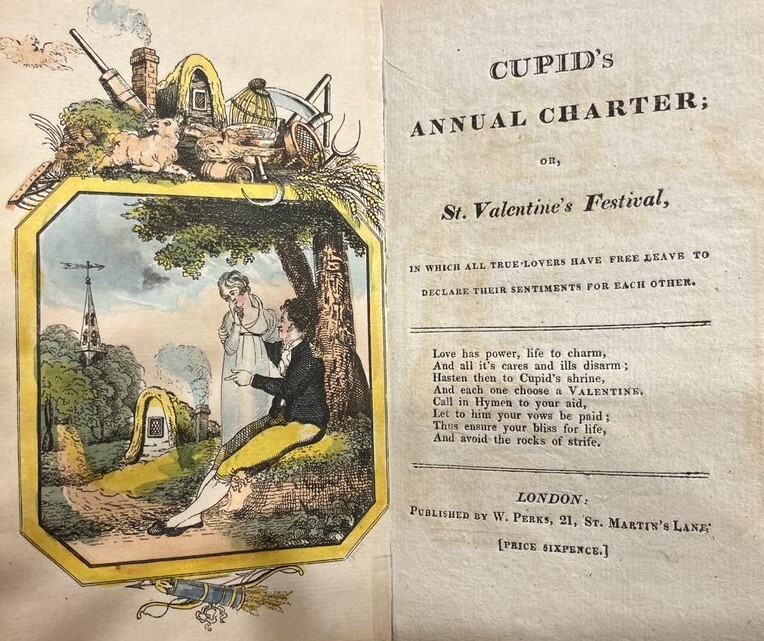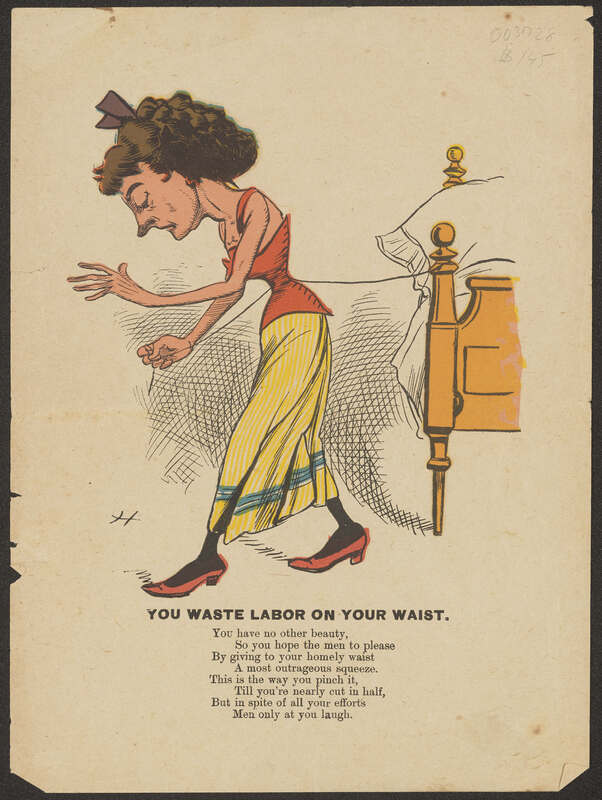Georgian Valentine Culture
Valentine's Day in 17th-century England was a public event. On February 14, unmarried community members would gather, write their names on a piece of paper, put it into a basket, and randomly draw lots to find their "valentine." However, by the end of the 18th century, the traditional Valentine's Day lottery was replaced with a cash-prize Valentine's Day state lottery. It had also become more common for an admirer to send a personalized card to someone of their choosing. (Women often sent cards anonymously to the men they admired so as not to compromise their modesty and virtue by seeming too forth-coming.) Giving and receiving valentine cards was common throughout all social classes at the time.
The last two decades of the 1700s in England were characterized by the Industrial Revolution. The rate of technological advancement and increase in manufacturing went hand-in-hand with a rise in cultural nostalgia for a "simpler time." The first mass-manufactured valentine card was printed in 1797, but it was considered more meaningful to send your lover a handmade card. These cards often included illustrations and references to shepherds and cottages, recalling a declining pastoral way of life in a quickly urbanizing country. This sentiment is also on display in many of the valentines in the Cobbold Album.
Pocket-sized booklets known as valentine writers containing a wide range of valentine poems were sold. For the poetically challenged, there were poems that could be customized for their beloved. Humorous dialogues were included as well. Satirical valentines, also known as "mocking" or "vulgar" valentines, ridiculed their potential recipient. These poems and cards that were made with them evolved into the 19th-century mass-printed posters known as "Vinegar Valentines."

